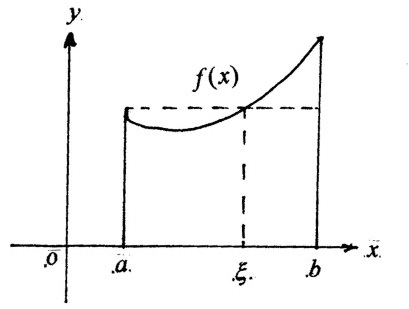This looks awfully familiar

From two simple identities, I'm able to conjure up this integral.
∫ 0 1 x ln ( 1 − x ) d x
Can you determine its value? (Round it up to 3 decimal places)
Picture Source File: Wikimedia Integration
The answer is -1.644.
This section requires Javascript.
You are seeing this because something didn't load right. We suggest you, (a) try
refreshing the page, (b) enabling javascript if it is disabled on your browser and,
finally, (c)
loading the
non-javascript version of this page
. We're sorry about the hassle.
3 solutions
Saketh bro, I suggest you to use \ [ \ displaystyle{"Enter your latex code here} \ ] letex code . It look's much better and easy to understand !
Log in to reply
ok sure, i use app for latex so i have trouble, and yes you should go through this for a simplified proof :)
Log in to reply
No no , Use that code for Math codes , Like I edit your question , You can see that. Don't give spaces , I giving it for making you understandable
For Providing Link Use ###### xyz [abc] (type your link here)
For Math code \ [ \ displaystyle{"enter your math code here"}]
Don't use spaces and also don't use " " .
And Thank's for the link !
Refer Dilogarithm and polylogarithm functions.
Log in to reply
Raghav , I am making a new note for Exam discussions , anything you wish to say ? Reason being that it has become quite heavy !!
Log in to reply
Go ahead! What's there for me to say?
Log in to reply
@Raghav Vaidyanathan – Also I am waiting for Calvin sir to reply , I had asked something from him in his message board .
Did the same!
Hi , there is nothing to Gamma Function except the different definitions that it has ! Just read it once and you'll master it instantaneously .
I had learnt Gamma,Beta,Zeta and whatsoever functions only after joining Brilliant , so you see it's quite easy.
As for the proof , it's not at all difficult !! I had proved it using simple trigonometry .
Using the taylor series: ∫ 0 1 x l n ( 1 − x ) d x = − ∫ 0 1 ( 1 + 2 x + 3 x 2 + 4 x 3 + 5 x 4 + . . . ) = − 1 [ x + 4 x 2 + 9 x 3 + 1 6 x 4 + . . . ] 0 1 = − ( i = 1 ∑ ∞ i 2 1 ) = − 6 π 2 The last step comes from the riemann zeta function.
we know that: ∫ 0 a f ( x ) d x = ∫ 0 a f ( a − x ) d x So using that we can say: I = ∫ 0 1 x l n ( 1 − x ) d x = ∫ 0 1 1 − x l n ( x ) d x Since : 0 < x < 1 the infinite sum of a geometric series of the form u n = x n can be written as: 1 − x 1 or:
n = 0 ∑ ∞ x n = 1 − x 1 Substituting this back to the integral we get: I = ∫ 0 1 n = 0 ∑ ∞ l n ( x ) ∗ x n d x
And using the linearity of the integral we can interchange the integral sign and the sum to get: I = n = 0 ∑ ∞ ∫ 0 1 x n ∗ l n ( x ) d x
Now all we do is calculate integral by parts and sum it up. So using parts we get: I = ∫ 0 1 x n ∗ l n ( x ) d x = ( n + 1 ) 2 − 1
So we get: I = − n = 0 ∑ ∞ ( n + 1 ) 2 1 I = 6 − ( π ) 2
hi...I liked your solution....how to check the linearity of the integral.
I = ∫ 0 1 x ln ( 1 − x ) d x I = ∫ 0 1 ( − 1 − 2 x − 3 x 2 . . . . . . . . . . . . ) d x I = − ( 1 . 1 1 + 2 . 2 1 + 3 . 3 1 + 4 . 4 1 . . . . . . . . . . . ) I = − ( r = 1 ∑ ∞ r 2 1 ) = − 6 π 2 I don't Know proof of this summation , Since I don't know about gamma,beta,zeta functions. But As Ronak is already proved beautifully this series some day's ago .
Check out here Ronak agarwal's proof